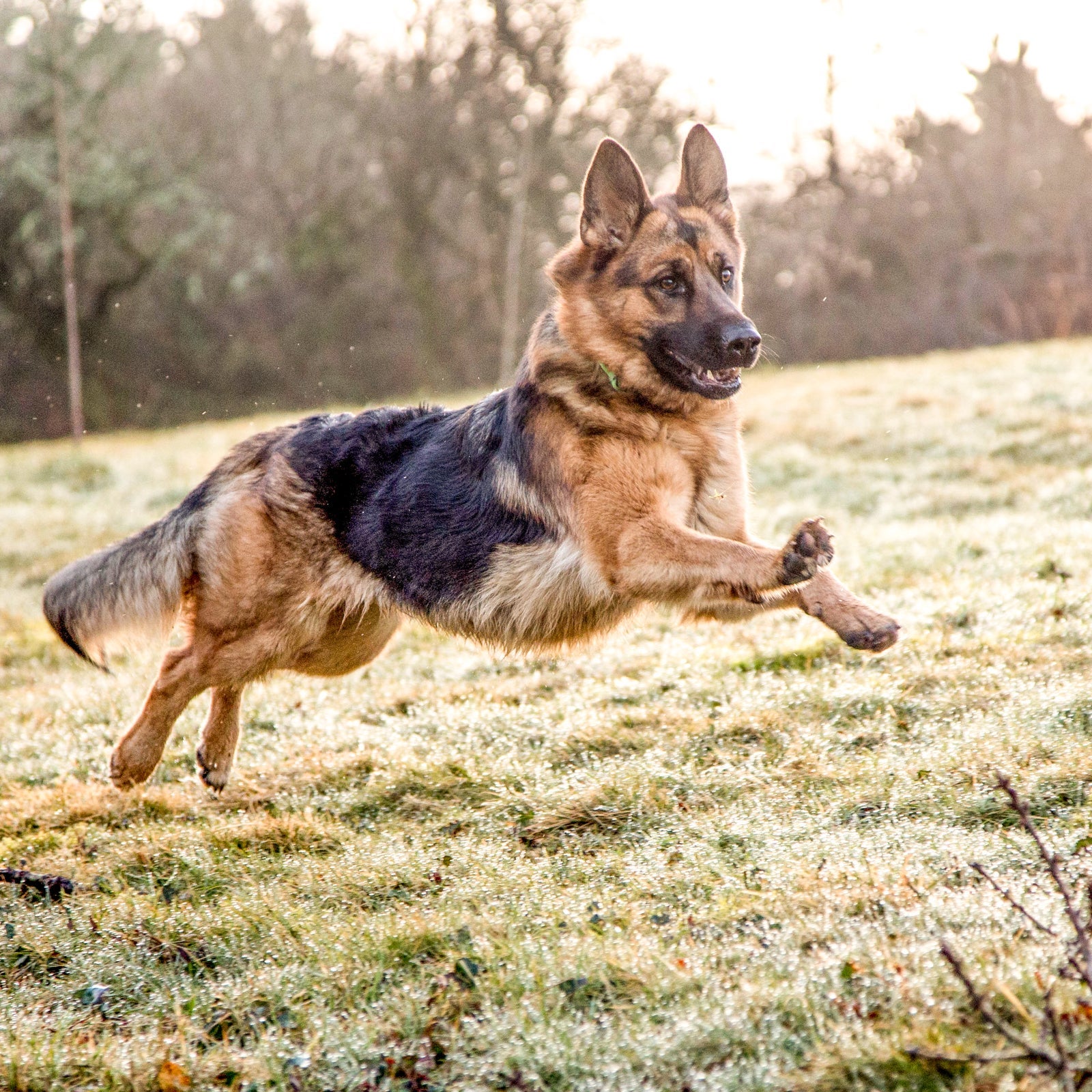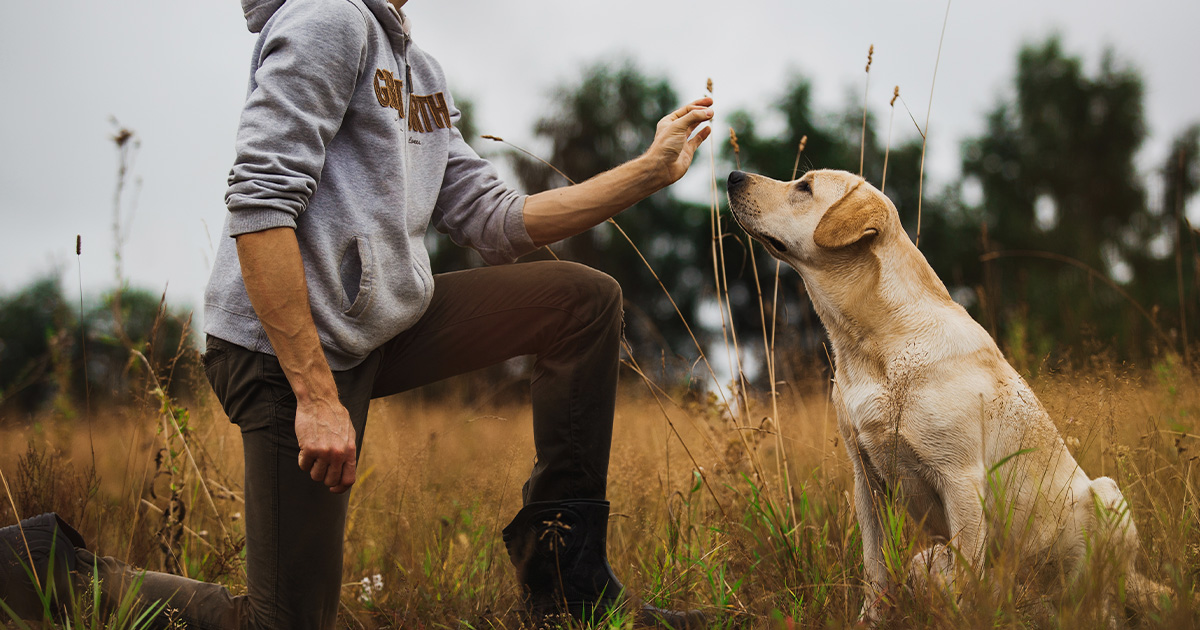How to Master Dog Training and Build a Stronger Bond with Your Pup
How to Master Dog Training and Build a Stronger Bond with Your Pup
Blog Article
Beginner's Overview to Successful Dog Training in your home
Successfully training a pet in your home calls for a nuanced understanding of canine actions and reliable interaction techniques. Establishing clear training objectives, using high-grade rewards, and keeping uniformity throughout household members are important elements. Incorporating training right into day-to-day regimens can boost both engagement and retention. Lots of novice trainers come across challenges that may prevent development. To navigate these complexities efficiently, it's vital to discover numerous crucial aspects that can transform your method and bring about an unified relationship with your family pet. What basic concepts should every beginner understanding to make sure success?
Understanding Dog Actions
Recognizing pet habits is essential for effective training and cultivating a harmonious relationship in between people and their canine friends. Pet dogs communicate mostly with body movement, vocalizations, and face expressions, making it vital for owners to analyze these signals precisely. Identifying behaviors such as tail wagging, growling, or shrinking can give insights right into a pet dog's emotion and purposes.

Common behavioral problems, such as aggressiveness, anxiousness, or excessive barking, typically originate from misconceptions or unmet demands. Observing and attending to these problems immediately can prevent acceleration and make certain a positive training experience. By promoting a deep understanding of dog behavior, proprietors can customize their training techniques to match their canine buddies, ultimately leading to a happy and well-behaved pet dog.
Important Educating Tools
A fully equipped training area can considerably improve the performance of canine training at home. Essential training devices make sure that both the fitness instructor and the canine can take part in effective sessions that promote discovering and bonding.

Purchasing a strong leash and a comfortable, well-fitting collar or harness is crucial for safety and control. These devices aid establish borders and guarantee the canine remains safe during training. Furthermore, an assigned training area, without distractions, help focus for both the pet and the fitness instructor.
Educating aids such as training pads, cones, or dexterity equipment can additionally enhance the experience by presenting selection and challenges. Having a note pad or digital app for tracking progression can be invaluable, enabling you to keep in mind successes and locations for improvement. Making use of these necessary devices will certainly develop a positive training atmosphere and lay the structure for efficient learning.
Creating an Educating Regimen
Developing a consistent training regimen is vital for efficient pet her latest blog training at home. A well-structured regular not just assists in reinforcing wanted behaviors but additionally provides your canine with a complacency and predictability. To create an effective training regular, begin by recognizing particular training goals, such as basic commands, leash walking, or house-training.
Select a designated time each day for training sessions, preferably when your canine is sharp and receptive. Procedure ought to be short, approximately 5 to 15 minutes, to maintain focus and prevent fatigue. Consistency in timing and atmosphere will boost your pet dog's understanding experience.
Incorporate training into day-to-day tasks to strengthen abilities. For instance, method commands during strolls or nourishment, which integrates learning into all-natural routines. Additionally, stay flexible and change the routine as necessary, websites fitting your pet dog's energy degrees and state of mind.
Favorable Reinforcement Strategies
Positive reinforcement techniques are basic to effective dog training, promoting preferred behaviors with incentives as opposed to penalty. This approach uses positive stimulations, such as treats, appreciation, or play, to motivate canines to duplicate details activities. The cornerstone of this method is timing; rewards must be given right away adhering to the wanted actions to create a clear organization.
When executing positive reinforcement, it is vital to choose rewards that are inspiring for your canine. High-value treats, such as little items of hen or cheese, can be especially reliable throughout training sessions. Additionally, varying the rewards can preserve your dog's passion and excitement.
Beginning with straightforward commands, like "sit" or "remain," and progressively progress to much more complex tasks. Uniformity is key; guarantee that all relative use the exact same commands and reward systems to avoid confusion.
In addition, it is crucial to continue to be individual and avoid irritation. Pet dogs, like people, learn at their own rate. By promoting an encouraging training setting with positive reinforcement, you can improve your dog's discovering experience while reinforcing the bond between you and your fuzzy friend, laying the foundation for effective training results.
Common Training Challenges
While educating a pet dog in your home can be a fulfilling experience, it frequently includes a set of typical challenges that can check both persistence and uniformity. One widespread problem is distraction. Dogs may come to be conveniently sidetracked by sounds, activities, or read this perhaps fragrances in their setting, making it difficult to preserve their focus during training sessions.
An additional difficulty is incongruity in commands and reinforcement. If family members use different cues or incentives, it can puzzle the canine and impede progression. Developing a unified method is essential for effective communication.
Furthermore, canines can experience frustration or tension, particularly if they do not comprehend what is anticipated of them. This can lead to unwanted behaviors, such as barking or chewing.
Ultimately, the timing of support is vital (Dog training). Postponed benefits can decrease the effectiveness of favorable reinforcement, as canines might fail to connect the habits with the reward
Conquering these obstacles needs commitment, clear communication, and a structured training plan. Acknowledging and dealing with these common obstacles will certainly lead the way for an extra effective and satisfying training experience in your home.
Conclusion
To conclude, successful canine training in the house requires an extensive understanding of canine habits and efficient interaction approaches. By developing clear training goals and using high-quality treats together with positive support, the training procedure comes to be much more satisfying for both the canine and the instructor. Adaptability, uniformity, and perseverance are necessary parts that help with understanding. Eventually, incorporating training right into day-to-day regimens enhances the bond in between pet and proprietor, making the experience both productive and satisfying.
Establishing a consistent training routine is important for effective canine training at home.Positive reinforcement strategies are basic to reliable canine training, promoting preferred habits through incentives rather than punishment (Dog training). By fostering an encouraging training environment with positive reinforcement, you can enhance your canine's discovering experience while enhancing the bond between you and your fuzzy buddy, laying the groundwork for successful training outcomes
In final thought, successful pet training at home demands a comprehensive understanding of canine actions and efficient communication strategies. By establishing clear training goals and making use of top notch treats along with favorable support, the training procedure comes to be a lot more fulfilling for both the pet and the instructor.
Report this page